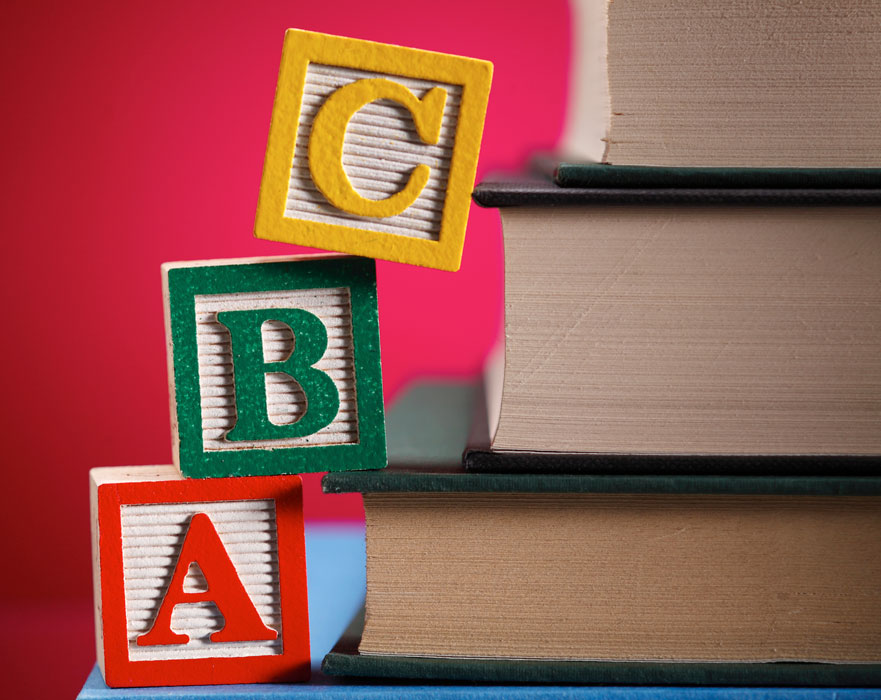Learning to read is essential for children. Reading and understanding the written word plays a huge part in our everyday lives. Whether children learn to read for work, school, or pleasure, reading is necessary for all children to have developmental success. While there are various ways to teach reading, teaching children phonic sounds is a great place to start. In general, phonics are the sounds that are associated with a letter or group of letters. Read on to find out more about helping your child to learn the easiest phonics sounds!
Sound it Out
Many parents and/or teachers including myself have said the phrase “sound it out.” That’s exactly what phonics are. They are sounds put together to form words and help children learn to read and spell words. The easiest phonics to teach children to read are s, a, t, p, i, n, d, e, m, h, and, b. Even though you might not think you know how to teach phonics, I’d like to share with you some fun ways to incorporate phonics into your everyday life so that you can help your child be a super successful reader. It’s easy, I promise!

Easy Phonics Activities
Collecting Items
One of the best ways to teach phonics is to identify things in your child’s environment that begin with the corresponding letter sound. For example, you could grab a basket or bin that you and your child can fill together with items that begin with the letter P. In the container, you could add a pencil, a paperclip, a picture, a popsicle stick, and a Peppa Pig toy. All of these items start with a letter P and you and your child can practice saying the P sound as you identify the items in the basket. Your child won’t even realize they are learning with this fun activity.
Building Blocks
Another fun way to teach phonics sounds is to use interlocking building blocks. Not the tiny little ones, but rather the Duplo or Megablok sized blocks. Take a permanent marker and write letters on the side of the blocks to spell simple sight words. Then, use a longer block as the base and write the correct word on it so the child knows what letters to look for. For example, you might write the letter T on one block, A on another, and N on the final block. On the longer, rectangular block, write the word “TAN.” Then, you can explain to your child the find the T, A, N and you can put them all together to “build” a word. As your child gets more comfortable with the different phonics sounds, he or she can change up the first letter to practice other easy phonics such as man, ran, pan, and so on. You can find more info about this activity by visiting The Printable Princess. My own son isn’t a huge fan of reading and writing, but when I asked him to play blocks with me, he didn’t argue one bit and he didn’t even realize that he was learning. This one is sure to be a hit!
Red Cat Reading Phonics Videos and Books
In this day and age, kids love to use their computers and tablets so why not let them? Red Cat Reading has amazing phonics books and other resources to teach phonics to children.
This Red Cat Reading video is one of the many great resources that we have to offer and we have many more phonics videos for kids. It features the Top 12 Easiest English Phonics (as chosen by us!): s, a, t, i, p, n, d, e, c, b, m and h
The more your child hears these sounds and associates them with letters and words, the better readers they will become. If we give children a good foundation and quality phonics training, they will grow and develop into strong readers. The tools offered through Red Cat Reading are engaging, very kid friendly, and all free with your 2 week trial! The phonics videos, books, and games for kids on our website make learning phonics a blast! While we don’t necessarily want kids to have tons of screen time, these educational activities are well worth checking out. Don’t miss out and visit our website today!

〜 By Gabrielle Fisher


